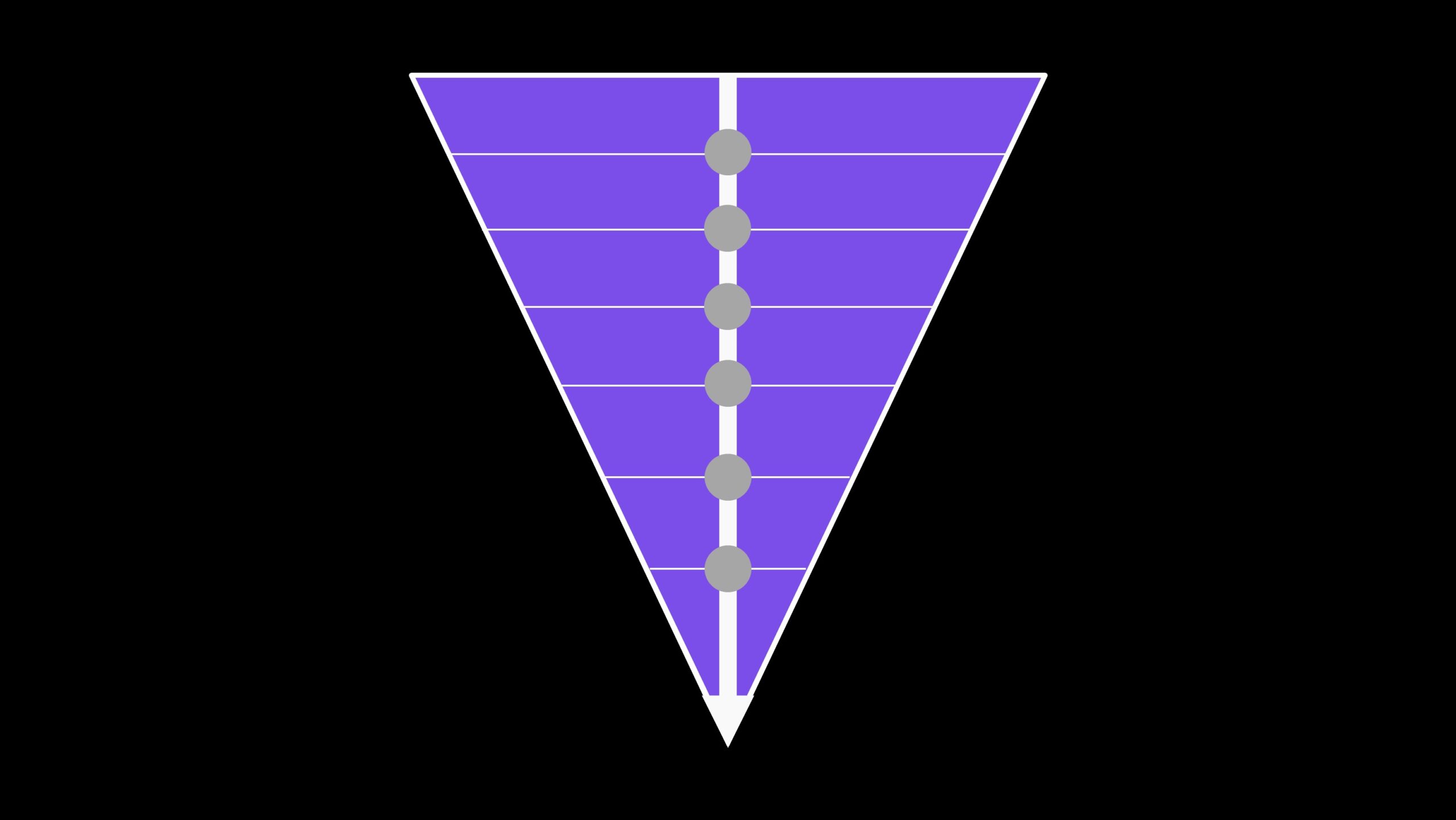Article last updated on May 4, 2022
Are you looking for ways to build or improve your existing business growth funnel? Do you feel like you’re stuck with your current sales funnel?
Sales funnels are the foundation of any business.
They determine how many customers you get, how long it takes to convert them, and how much revenue you make from each customer.
If you’re not happy with your current sales funnel, then you should probably change it.
In this article, I’ll share my top tips for building or improving your existing business growth funnel.
Improving the Growth Funnel
Think of the entire growth funnel as an assembly line.
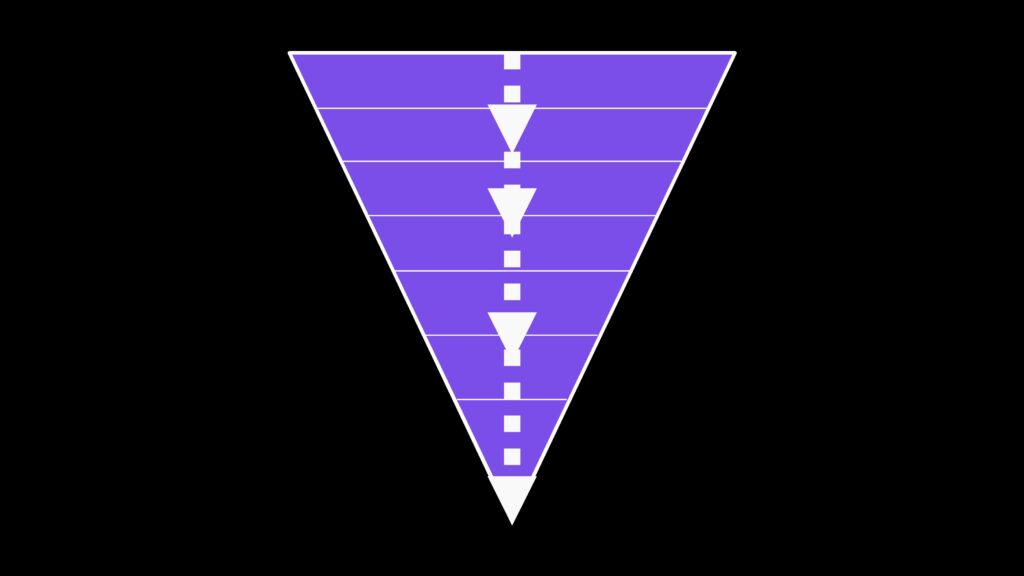
The first step in making a funnel that works well is to figure out which steps in the process work best for your product or service.
The next thing you want to do is figure out what goes into those steps.
For example, if you sell a product, you might have two main steps in your funnel.
- Step 1 would be to identify potential clients who could benefit from your product.
- Step 2 would be converting these leads into paying customers.
The best way to start thinking about your funnel is by asking yourself questions such as:
- What’s the primary goal of my funnel?
- How can I reduce friction?
Once you’ve answered these questions, you can begin brainstorming ideas for different parts of your funnel. Then split the entire business funnel into smaller pieces.
For example, instead of having one big funnel, you can break it down into multiple stages.
This helps you focus on specific areas of your business where you can add value.
The goal of every stage of the funnel
Once you have the main goal of your funnel, then you can move on to setting goals for every part of the funnel.
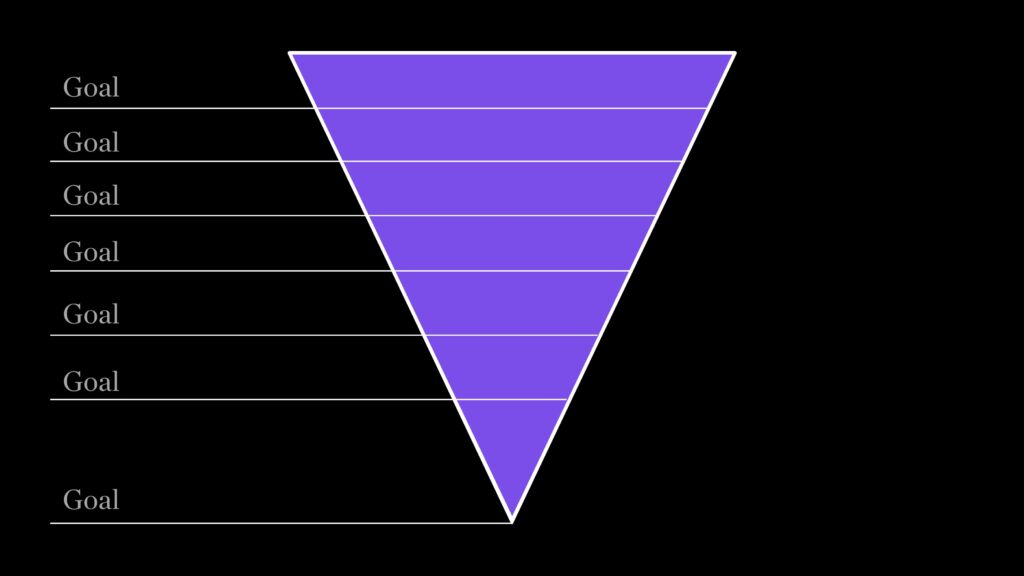
This will help you understand exactly what needs to happen at each step.
For example, let’s say you’re selling a product online. You may set up several stages and goals in your funnel.
- Stage 1 – Increase the number of potential customers
- Stage 2 – Convert more leads into paying customers
- Stage 3 – Retain more customers
Each stage has its own unique goals. If you’re just starting out, you may only have one stage.
But once you have some traction, you can expand your funnel.
You can also use this approach when you’re trying to grow a new business.
Instead of focusing on all aspects of your business at once, you can start small and work your way up.
When you’re ready to scale up, you can always add additional stages to your funnel.
Friction throughout the growth funnel
When you have goals for every step of your funnel, you can now think about reducing friction between each step.

Reducing friction means making things easier for people to take action.
In other words, it means removing obstacles so they don’t have to spend time figuring out what to do.
Here are three examples of ways to remove friction:
- Make it easy for prospects to find your website
- Add a free trial offer that makes it easy for people to try before buying
- Offer a discount for early adopters
As you build your funnel, make sure you keep these points in mind. Otherwise, you risk losing potential customers along the way.
Remember, the goal of your funnel is to get people from point A to point B. And the faster you can do that, the better.
If you want to improve your funnel even more, keep reading.
Even though I’ll talk about building a growth funnel, there are gems that will apply to improving your existing funnel.
Building a Business Growth Funnel
To make this less complicated, think of the entire growth funnel as being divided into smaller funnels and then sub-funnels.

All of those combined steps together form your overall growth funnel.
Lead generation
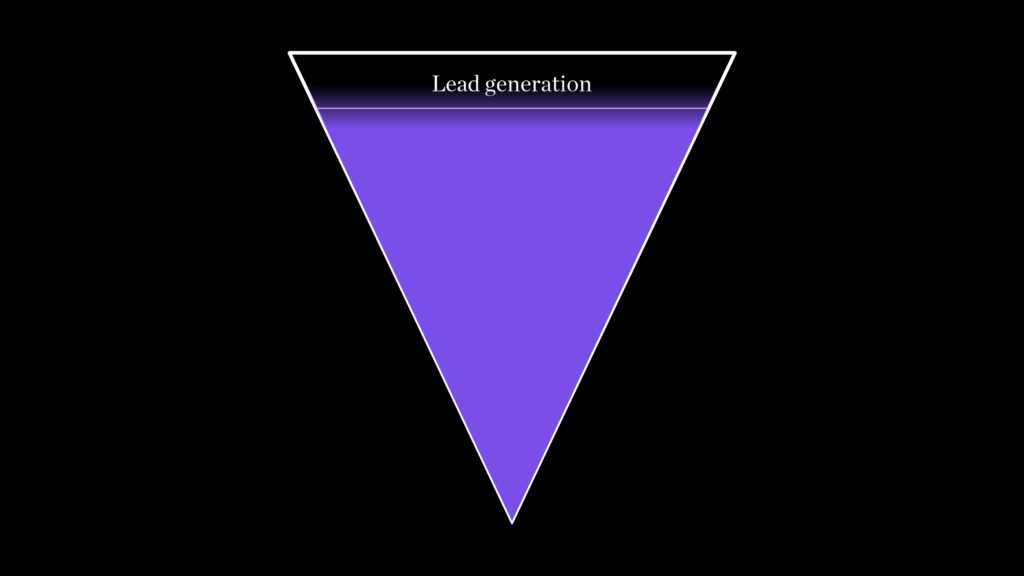
The first step in any funnel is lead generation.
Your lead generation strategy should be based on who you’re targeting.
A lead generation funnel is a series of steps that lead visitors through your sales funnel.
It starts with someone searching for a solution to a problem, then moves onto finding your company online, contacting you via phone or email, and finally converting into a customer.
To create a lead generation funnel, you need to set goals for each step.
For example, if you want to generate 10 leads per month, you’d want to focus on increasing the number of people who visit your website, contact you, and convert into customers.
There are many ways to build a lead generation funnel, but here are three of the most popular ones:
- Landing pages: Landing pages allow you to collect email addresses and other information from potential customers. Once you collect this information, you can send targeted messages to these individuals.
- Lead magnets: These are free resources that you can distribute through your website or social media accounts. When people sign up for your mailing list, they’ll receive access to these resources.
- Content upgrades: This is where you provide added value to current customers. For example, you could give them special discounts or exclusive offers.
Once you’ve built out your lead generation funnel, you’ll want to test it to see whether it works.
You can do this with split tests, which allow you to compare two different versions of your landing pages.
The goal is to determine which version converts more leads into customers.
Now that we know that lead generation is the first step in our business growth funnel, let’s move on to the next one, which is to actually have a process to qualify those leads.
Qualifying leads
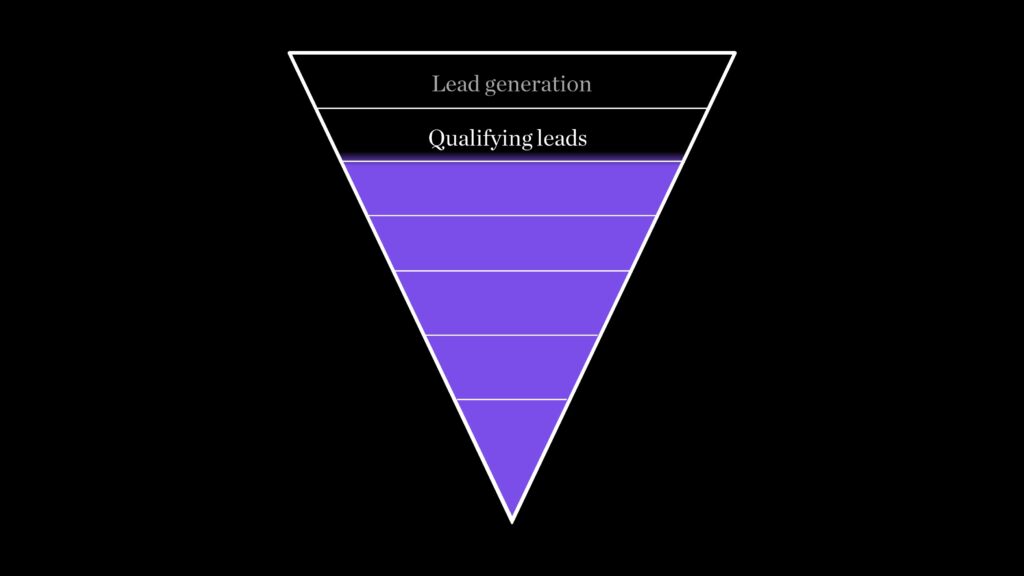
This is where you start to segment your leads so that you can target specific groups of people.
Qualifying leads are the most crucial part of the funnel. It’s where you convert prospects into customers.
You must first understand who the leads are in order to qualify them.
Once you know who they are, you can then determine if they’re a fit for your company.
The best way to do this is through lead nurturing. Lead nurturing involves sending targeted emails to qualified leads over time.
These emails contain valuable information that helps you learn more about your potential customer.
After qualifying leads, you can move them down the sales funnel. This is where you actually close the deal.
There are many different ways to do this, including cold calling, emailing, and hosting webinars.
Once you’ve closed the sale, you can continue to nurture the relationship.
This means sending follow-up emails and making sure that your customer is happy.
Qualifying leads are often overlooked when starting a new business.
However, without it, there’s no point in building an effective business growth funnel.
Converting leads into customers
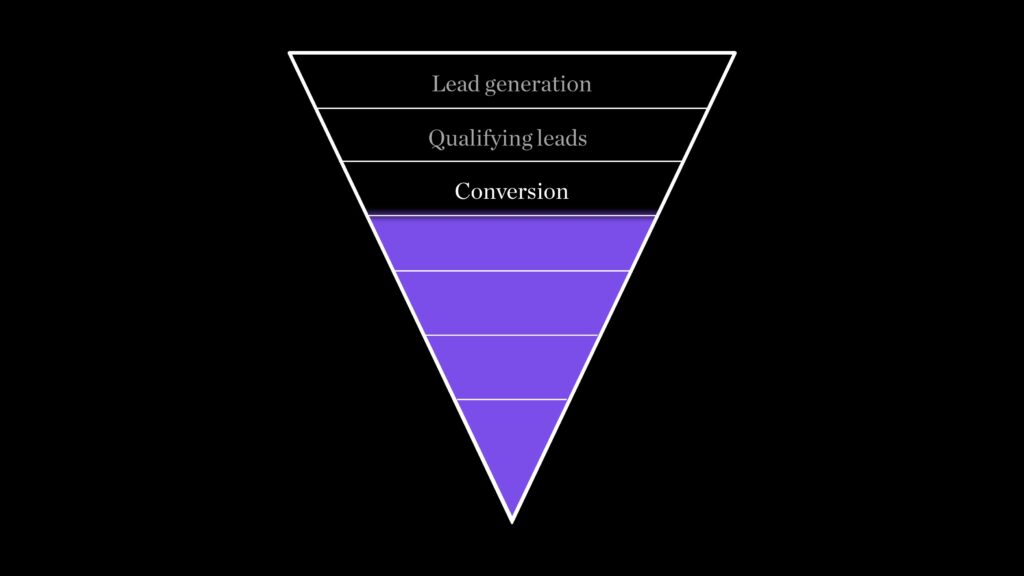
One of the most common mistakes businesses make is failing to convert leads into customers.
When someone signs up for your free trial or downloads a guide from your website, they expect to hear back from you within 24 hours.
But if you fail to follow through with these leads, they could easily forget about you.
To avoid losing potential clients, make sure that you respond promptly to every lead.
Responding to emails and phone calls within 24 hours ensures that you stay top of mind.
Make sure your customers get value from your business by giving them useful resources and educational materials.
In return, you’ll earn their trust and loyalty. And when they become loyal customers, they’ll tell others about you.
To convert leads into customers, you need to truly understand what makes each prospect unique. Then, use that knowledge to create content that speaks directly to their needs.
For instance, if you sell accounting software, you might write articles about how to save money on taxes.
Or maybe you’d write about tax deductions for real estate investors.
By creating content based on your audience’s problems, you’ll be able to speak to their pain points and build a stronger connection.
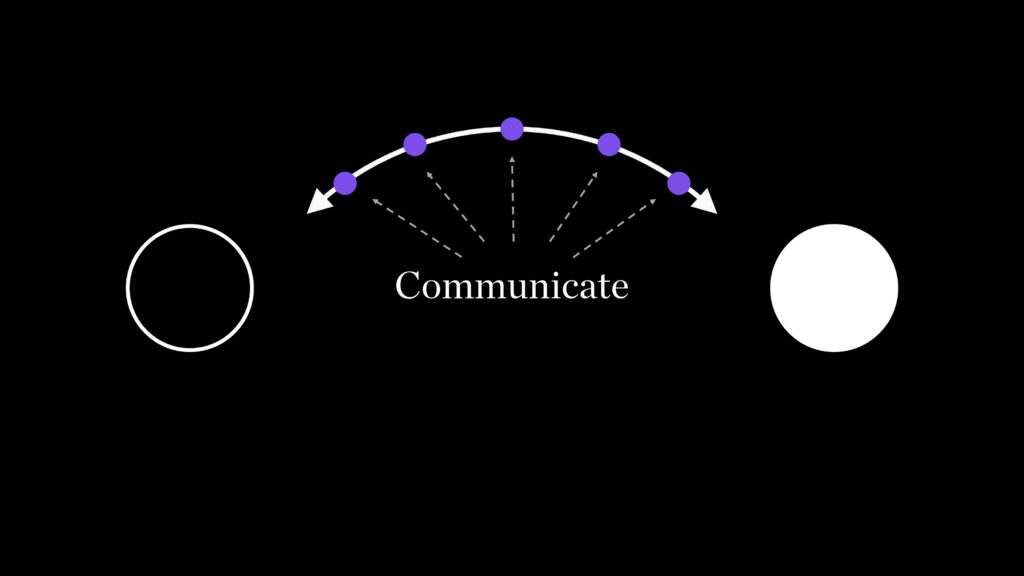
Most businesses overfocus on conversion rate optimization. Conversion rate optimization is all about improving the user experience.
If you want to grow your business, you need to focus on lead generation instead.
You should always ask yourself, “What am I doing today to generate quality leads?”
When you have a good lead generation strategy, it’s much easier to turn leads into customers.
Then you can say that you are at the revenue stage and properly measure success.
Customer service
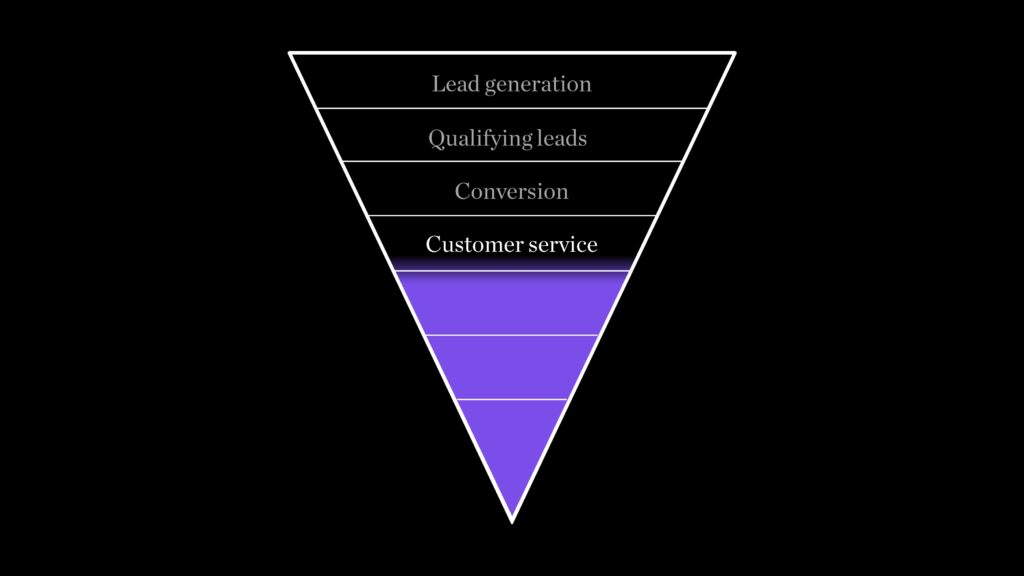
Don’t fall into the trap of thinking “I’ve made a sale, that’s it!”.
One of the most important aspects of running a business is customer service.
If you want to build a loyal following and grow your business, you need to give great customer service.
However, many businesses struggle with providing quality customer service due to their focus on acquiring new customers.
This mindset will cause you to overlook existing customers. As a result, they may feel neglected and stop buying from you.
You must put effort into keeping your current customers satisfied. Otherwise, they may leave and take their business elsewhere.
Here are some ways to improve your customer service:
- Thank them for past purchases.
- Make sure that you reply to messages as quickly as possible.
- Ask questions to ensure that you’re delivering the best customer service possible.
- Create a dedicated email address just for customer service inquiries.
- Provide a quick response time so that customers can get their issues resolved right away.
Think of your customer service as a funnel.
Think of the goal you want to achieve at the end of this funnel.
Is it to respond to every inquiry within 12 hours? Or to follow up with a thank you note after one day?
Then think of what is stopping you from achieving that goal.
Product or service delivery

Companies that focus on delivering a positive customer experience tend to have higher sales conversion rates.
It’s easier said than done, but you can start by making sure that your website explains everything in detail.
When people visit your site, they should know exactly what they’re getting before they buy.
The more information you give potential buyers, the better chance you have of converting them into paying customers.
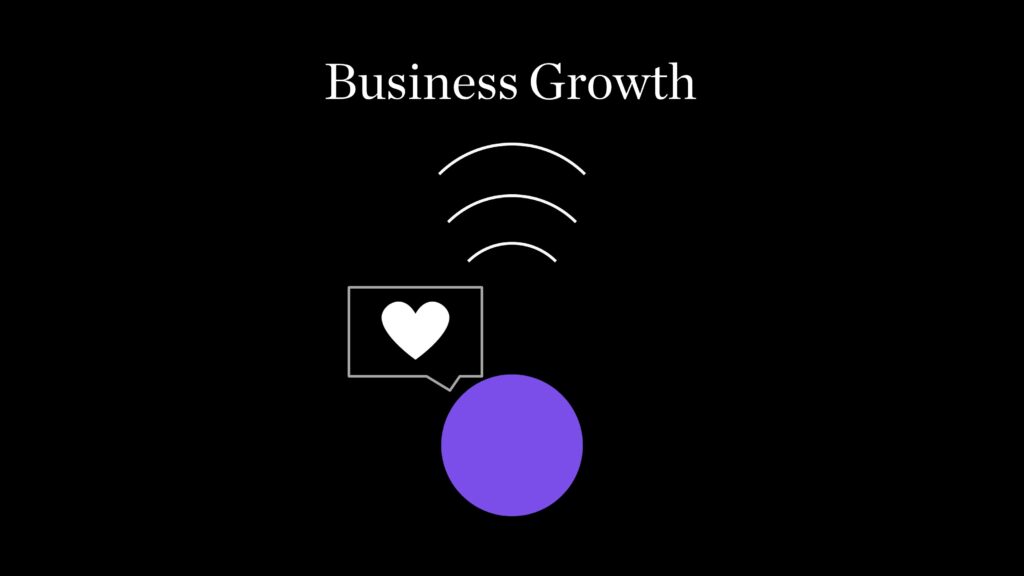
Think of your experiences as a customer.
What company blows you away with their product or delivery service? How do they make you feel when you interact with them?
Use this as an anchor for your own business.
Your job isn’t only to deliver great products or services. Your job is also to create memorable experiences.
It is easy to be average. Take time to think about what would make your business stand out.
Focus on building relationships.
And above all, remember to treat everyone like a human being. No matter how big or small your business is, you should never forget about your customers.
Customer retention
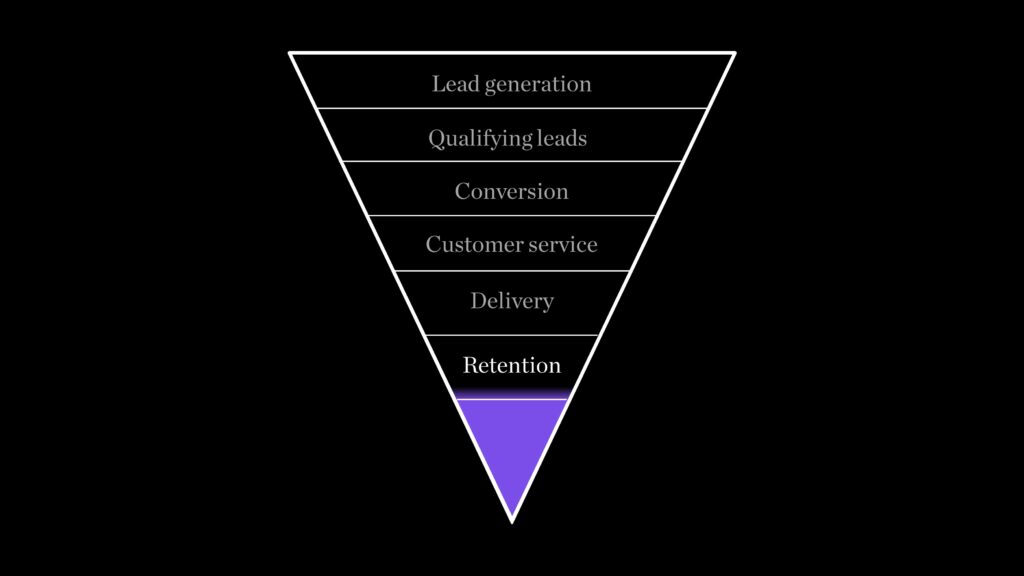
Real revenue growth comes from repeat customers.
If you don’t retain your customers, then you won’t see any real growth.
If you think of your entire customer base as one person, then you’ll understand why retaining customers is so important.
How often do you hear stories of companies losing money because they didn’t keep their customers happy?
They lost their customers’ trust. And once they lost their trust, it was very hard to regain it.
Your sales process should have a separate funnel for customer retention. This way, you can easily identify if you’ve lost a customer.
Creating complementary products or having a customer loyalty program is a good idea.
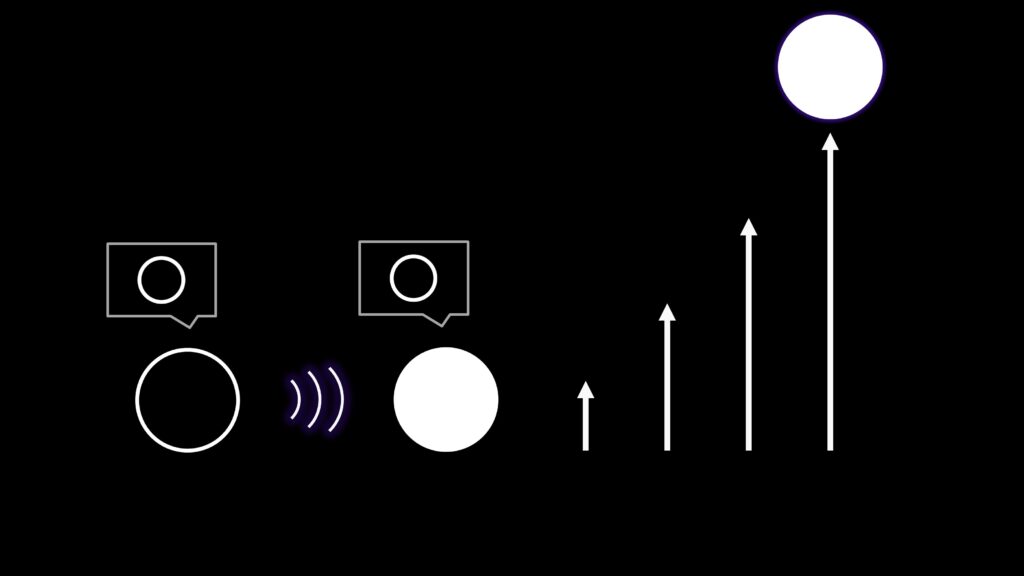
These things will help you reduce your churn rate and improve customer retention.
To do that, the easiest and, very often, most effective way is through email marketing. But not some generic emails, but targeted ones.
Remember that every interaction counts. Marketing automation tools are useful here.
They allow you to send personalized emails based on certain actions performed by users.
This helps you to increase your chances of reaching your target audience.
So, whenever you catch yourself thinking, “I wish I could reach more customers,” flip that thought into, “How can I increase repeat purchases and retain more customers?”
It all comes down to increasing customer lifetime value and reducing churn rate.
Organic promotion
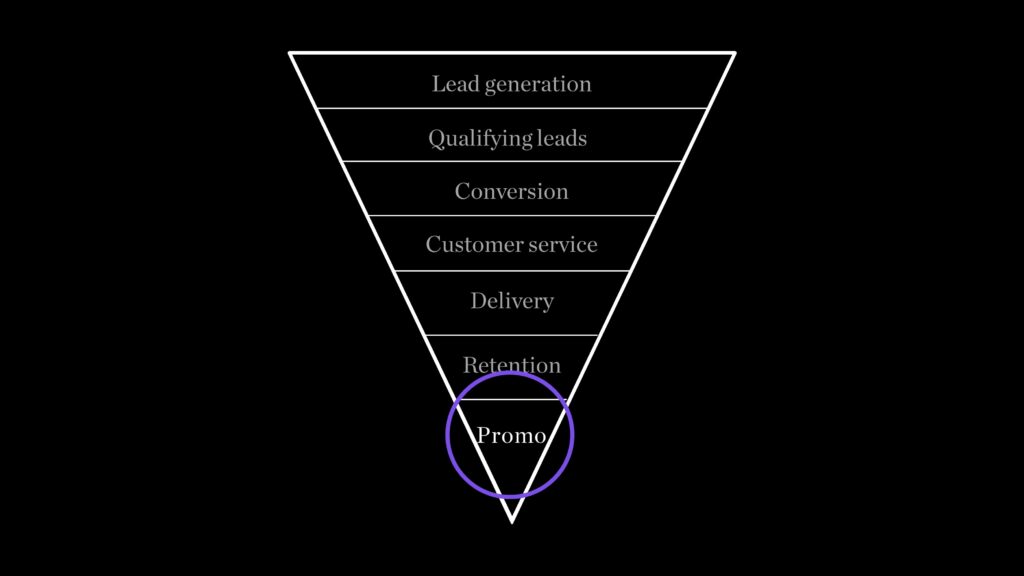
When you have high customer retention, then those customers could become your best promoters.
Your marketing efforts are amplified when you have loyal customers.
When your ideal customers share your content, they tell others about you.
That’s why content marketing is an important part of this strategy.
If you create great content, your customers will love sharing it with their friends and family.
Sales opportunities are getting easier to find. You’re able to attract new customers who might not even know about your brand yet.
But if you haven’t built up a strong relationship with your current customers, then all growth plans will fail.
You need to build a solid foundation before you start growing.
That’s why creating content, such as creating videos, writing blog posts, etc., along with nurturing existing customers, is crucial.

Just think how much easier it is to reduce customer acquisition costs when you already have loyal customers.
If those loyal customers refer you to other people, then the CAC (customer acquisition cost) is zero.
Conclusion
The entire business growth funnel strategy comes down to breaking down the entire funnel into smaller parts.
Each step in the funnel has its own challenges. So, it’s better to break them down into smaller steps.
And each step needs to be treated differently. It’s much harder to grow a business without treating every single aspect carefully.
If your business is more focused on conversion funnels, then you can read this article, but for sustaining business growth, you need to focus on customer growth and then customer retention.
Every business model comes down to customer satisfaction and providing a positive experience that leads to repeat purchases.
When you have repeat purchases, then you’ll see steady growth over time.
With that comes customer advocation. When your customers recommend you to their friends, then word-of-mouth marketing starts working for you.
That’s how I would sum up the entire business growth funnel.


